In this text I want to look behind the symptoms of depletion that can so easily be misinterpreted as virus infection. To underscore it right from the beginning both conditions need first of all rest and recovery. Anyhow, how comes that both conditions display the same symptoms?
Exercise stress kicks the immune system out of balance
The symptoms athletes complain of after an extra hard competition are fatigue, lassitude, lack of motivation, muscle soreness, feeling of discomfort, loss of appetite, headache, disrupted night sleep and sometimes even fever. They feel depleted, not only bodily but also mentally. These complaints are not any different from those of an acute unspecific virus infection. Only the triggers are different. In the case of overexertion the extreme workload (stress) deregulates the immune system, in case of a virus infection it’s a virus that challenges immunity.
Athletes that suffer from these symptoms usually think that they have contracted an infection. If the diagnostic program they have run through doesn’t confirm their assumption, the acute virus infection is the easy pick without diagnostic proof. Mostly the diagnostic endeavor is not undertaken to detect the specific virus as therapeutic consequences are scarce. The diagnosis remains in the shade of circumstantial evidence.
Both routes of reasoning need recuperation, and this process takes how long it takes. Even though the procedures to regain fitness are the same be the cause a virus or exhaustion, athletes clearly prefer the virus diagnosis.
A bit bizarre but this is the way it is. If you once have identified an external culprit, you feel relieved. In my opinion this has more to do with morals than with medicine.
What happens in the body of an exhausted athlete
Underneath the presented symptoms smolders a systemic inflammation. Depending on the extent of the inflammatory condition the duration and severity of the symptoms vary. The inflammatory immune factors released under these circumstances by the immune system itself and other tissues such as the fatty tissue and the muscles change our behavior as soon as they have reached the central nervous system. The pattern of behavior is typical for all sorts of illnesses and is called sickness behavior. It is unspecific and doesn’t say anything about the cause. It’s more a condition that forces us into a resting mode.
The inflammatory path is laid out during the competition already
During racing the inflammatory activity exceeds resting conditions by far. Thousands of stimuli push the body’s inflammatory state over its basal level. The major sources are muscle and connective tissue lesions, damaged vessels in the muscles and the gut, a leaky gastrointestinal system allowing translocation of bacteria and viruses, raised body temperature, pH alteration, an overflow of oxygen free radicals buffer systems cannot neutralize anymore, increased stress hormone levels and many more. To balance out all these influences of deregulation during the race can be in the end at the expense of the overall bodily equilibrium after the race.
If this is happens, you simply feel sick on the days after the race. How long time it takes to recover is a very individual thing. You have no other choice than to listen to the voices from the inside of your body.
Some of you may get nervous and see a doctor. But don’t expect too much from such a visit. If athletes and doctors run out of inspiration, because blood tests are within the normal range, laboratory data don’t show any pathology and the physical examination and the patient/athlete history don’t do either, then the favorite diagnosis will probably be the acute or subacute virus infection. This shows you in fact that it takes more then data for a diagnosis and proper treatment. It needs the human mind to interpret the results and recognize patterns that may indicate the discrete pathology.
Data is delicate to gain and not trivial to evaluate
Under the conditions of an highly active inflammatory state the release of cytokines plays a major role in keeping the body in balance. Cytokines are cell communication molecules that are mainly set free into the tissues. Measuring their levels in the blood stream is therefore a fairly indirect method. Thus, the measurement does not stand for a cause and effect relation. In fact, we have to be very careful not to draw the wrong conclusions from elevated levels in the blood. Cytokine secretion follows circadian rhythms. Therefore and not only therefore timing and frequency of sampling need to be considered. Moreover assays used vary in their range of sensitivity and specificity. Contaminations may further contribute to noise in the data and cause blurred results. You see it is not easy at all to interpret the results of inflammatory parameters taken from the blood, be they within the normal range or pathological.
About the shape and function of cytokines
While commonly referred to as pro-inflammatory, cytokines are in fact versatile and volatile molecules that change their shape and thus function with the activity state of the milieu that they themselves shape and influence. They are sharing receptor families that help to regulate the balance of the inflammatory response and maintain immune system homeostasis. Redundancy is built into the inflammatory cytokine network. If one cytokine is knocked out, another can fill its role. A particular cytokine can do both increase and decrease the inflammatory response. Inflammatory conditions can have all sorts of activity states from chronic to acute inflammation.
Concluding remarks
There is not one second in our life when our body is not finding itself in an inflammatory state. Along all mucosal linings low-grade inflammations under control of the immune and autonomous nervous system are the rule. The activity levels of these inflammatory states vary a lot among individuals due to their genetic disposition and the exposure to external factors such as stress factors, meal intake, metabolic status, obesity, etc. The time it takes athletes to recover from a for example long distance triathlon race covers a wide range. In the end only experience can tell when you are ready to start training again.
Biestmilch is an all natural food supports the recovery process, but it is not able to compensate for anything and everything that was tilting over the edge during the race. By helping to reconstitute your gastrointestinal lining and immunity it can definitely do a lot of good. But you should take it regularly already weeks before the race, and don’t stop thereafter. If you want the full benefit, consider a build up over years similar to training. Good food, a diet regimen that suits your body are essential for your whole life, not only for your life as an endurance athlete. Biestmilch should be an integral part of it.
At the very end, please …
Don’t take antibiotics so easily, most of the time they are not justified. If we suffer from infections in our everyday life in the Western world, then mostly from virus infections. Don’t worship antibiotics like the holy grail.
Keep in mind the closer you are moving on the edge for whatsoever reasons, your body’s equilibrium become more and more fragile.

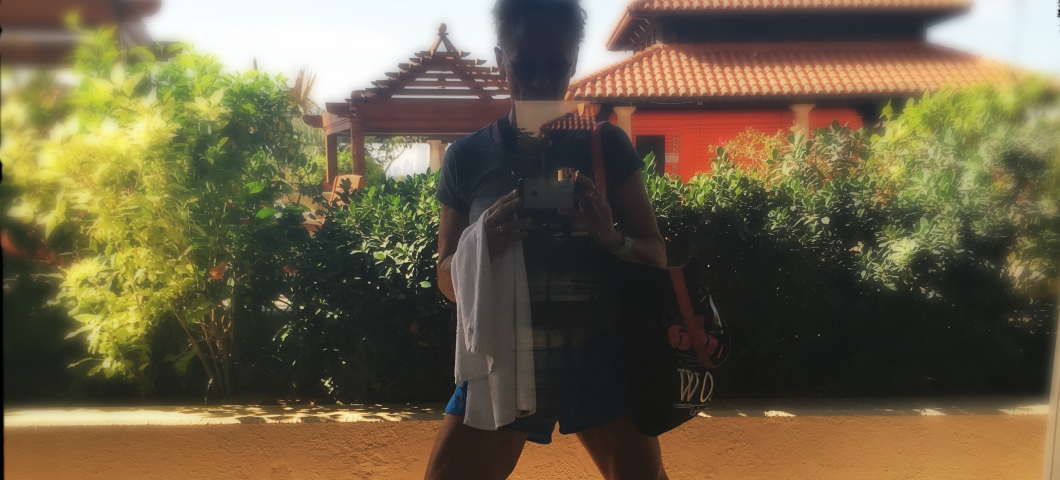
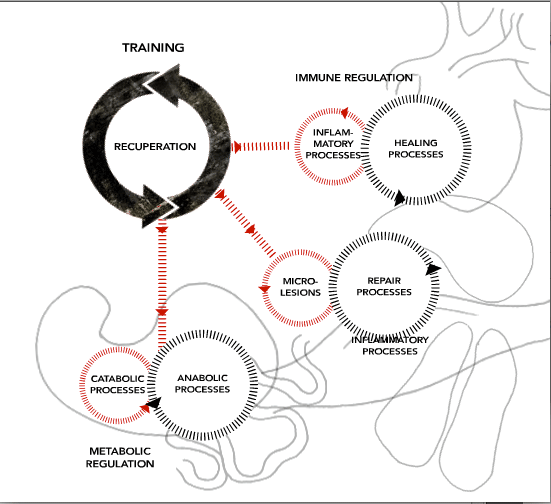
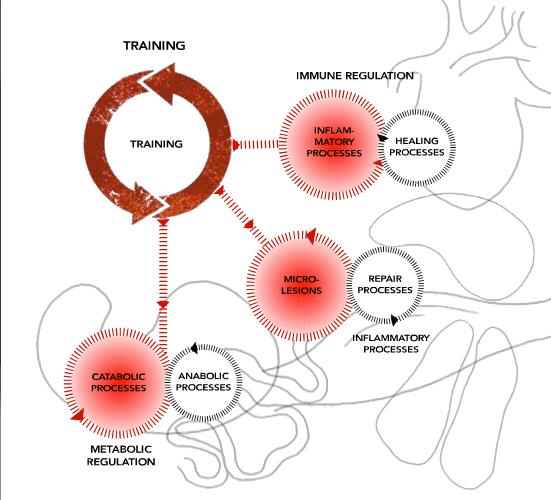
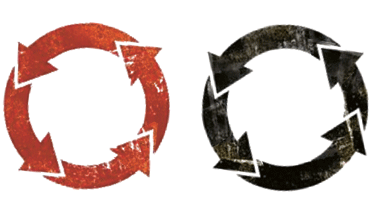
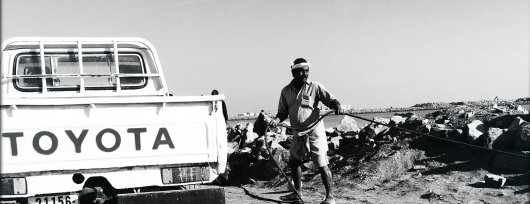


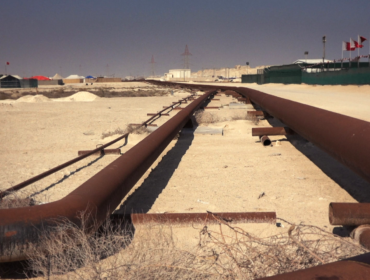

2 Comments